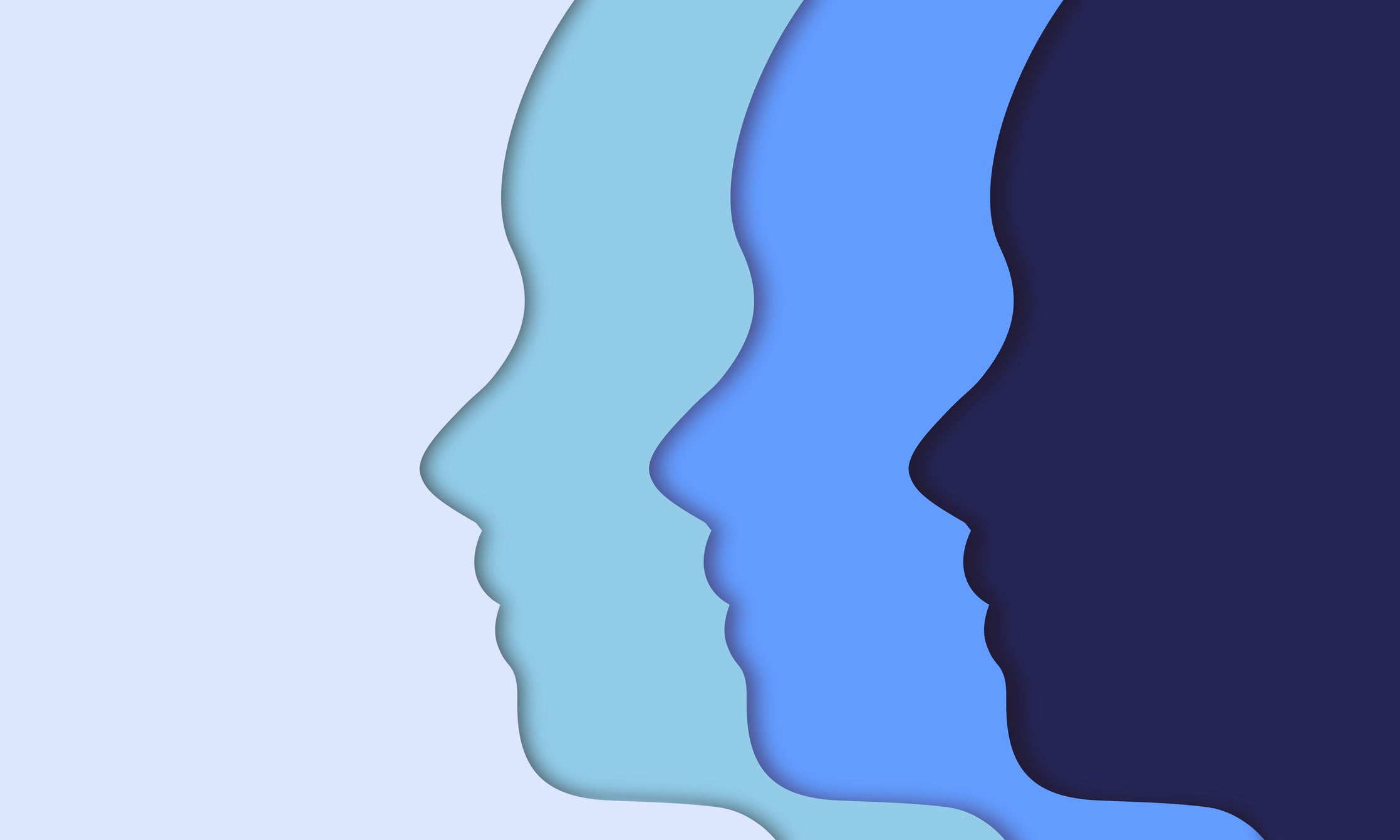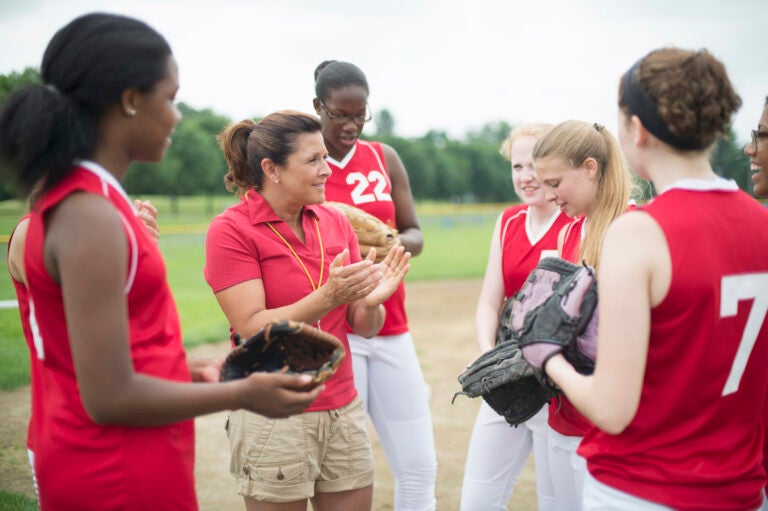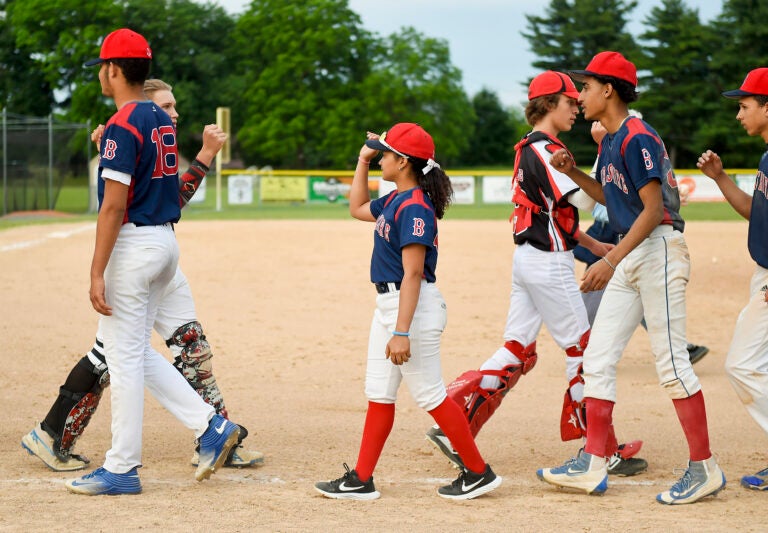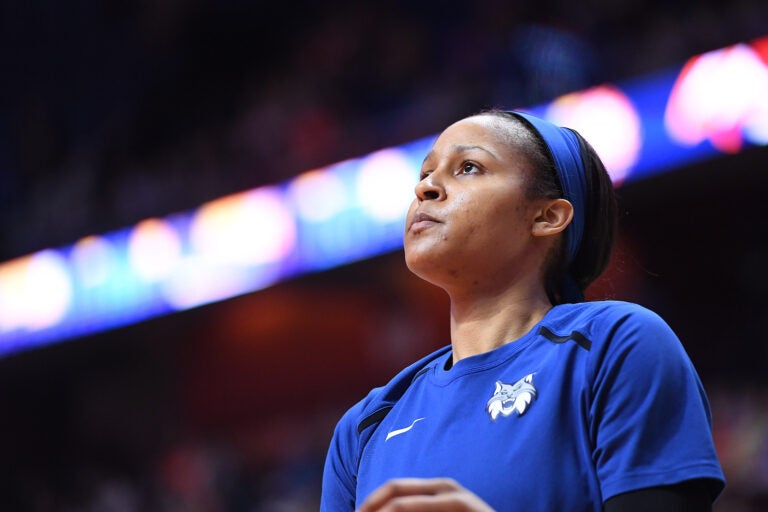Despite Benefits of Sport Participation for Women Student Athletes, Human Risks of Suicide Persist
Why this matters
For all the known mental health protective factors that women student-athletes may have going for them – the social support of an athletic community, exercise and leisure activity engagement, and so on – women student-athletes are not immune to the high risk for suicide concerns that plague other young women college students.
An unfortunate reality in sport is that the rate of student-athlete suicides is alarmingly high and has been for some time. Women student-athletes are especially at risk. Stanford soccer player Katie Meyer, University of Wisconsin runner Sarah Shulze, and James Madison University softball player Lauren Bernett are all women student-athletes whose deaths by suicide made headlines in 2022. Unfortunately, they are not isolated cases. I am an athlete mental health researcher and licensed psychologist, and I am concerned about this situation.
Suicide deaths among women student-athletes should be striking for a number of reasons. First and foremost, these deaths are tragic. They are generally preceded by anguish and suffering on the part of the student-athletes who commit suicide. In fact, suicidality (i.e., thinking about or making plans to attempt suicide and/or actually attempting suicide) is labeled by mental health professionals as being in “mental health crisis.” The tragedy of these deaths ultimately extends into anguish and suffering by the loved ones, teams, and communities of these women student-athletes. In short, suicidality and suicides are marks of human suffering by those directly and indirectly impacted.
Secondarily, these deaths should send shockwaves because we do not typically think about young, physically fit women as dying. Further still, the CDC regards suicide as preventable. Yet suicide is the second-leading cause of death for college students, and approximately one in 10 college students nationally report seriously considering suicide. In my own analysis of data from large-scale, national surveys of college students, I generally have found rates of suicidality among women student-athletes (and student-athletes generally) that approximately match the also-high rate that is typically found in the general college student population. Certainly, there appear to be some sport- and athlete-specific factors that place women student-athletes at heightened risk for suicidality, including histories of concussions or injuries that restrict participation. Largely, though, the evidence points to the “usual suspects” of risk factors for suicidality among women student-athletes, such as depression and other mental health concerns, low self-esteem, poor social support, relationship challenges, history of trauma or abuse, or family history of suicide.
Thus, from every possible angle, women student-athletes are not at all extraordinary with regard to suicidality rates and risks. In that ordinariness lies the concern, because women student-athletes are among groups (e.g., women, college students) that are at far too great a risk for suicide. That is, for all the known mental health protective factors that women student-athletes may have going for them – the social support of an athletic community, exercise and leisure activity engagement, and so on – these women student-athletes are not immune to the high risk for suicide concerns that plague other young women college students. Thus, we have to see women student-athletes for who they are: humans.
Emphasizing women student-athletes as humans has implications for sports stakeholders’ responsibilities. Women student-athletes need to see themselves not only as humans who will struggle, sometimes to a significant or overwhelming degree, but also as humans who can have healthy reactions to stress and hardship. One of the most commonly recommended healthy reactions to suicidality is going to mental health therapy. Mental health care provided by a qualified licensed clinical practitioner (e.g., psychologist, psychiatrist, counselor) is among the best practices identified by the NCAA for addressing student-athlete mental health concerns, which may include suicidality as well as its precursors (e.g., depression). Being connected with mental health professionals can help in the processes of identifying signs and risks for suicide and getting help when in mental health crisis.
Unfortunately, research has found that only a small proportion of student-athletes who acknowledge having a mental health need actually receive mental health services. Some research has found that as few as one in 10 student-athletes receive needed mental health services. Student-athlete time and resource allocations need to be reevaluated to ensure access and utilization of mental health care among women student-athletes.
A paradigm shift is needed in the way athletes are trained to handle their mental health. Addressing one’s mental health and suicide risk does not have to be about “sucking it up” or “getting back in the game.” It can involve acting as a human and taking care of ourselves as humans. A starting point might be looking up and making an appointment at the campus health or counseling center, or identifying off-campus resources by calling 1-800-662-HELP (4357), or going to findtreatment.gov (free, 24-hour-a-day information services for individuals and family members facing mental and/or substance use disorders that provide referrals to local treatment facilities/providers, support groups, and community-based organizations).
Responsibility also rests with athletic and academic institutions to see the humanness of being a student-athlete when evaluating and reevaluating their responses and resource allocations to athlete mental health concerns, with special attention paid to the unique needs of women student-athletes. Within the approximately $15 billion industry that is NCAA Division I athletics, for instance, all too often the messaging is that there are not enough resources available to identify and intervene in their mental health concerns, let alone provide specialized attention to women student-athletes as part of a minority gender group at elevated risk for suicidality. Indeed, a mere 1% of NCAA Division I expenditures goes toward student-athlete medical expenses and medical insurance, which could cover mental healthcare. And only about one in four NCAA Division I athletic departments was identified as having mental performance and/or mental health services in a recent independent analysis. There is room to improve here. I would contend that the human responsibility for academic and athletic organizations is to see themselves as stewards of student-athlete well-being in the processes of improving student-athlete mental health care.
Responsibility also rests with us. If we could view women student-athletes as humans vulnerable to mental health needs and suicidality, then each of us as fellow humans must think about how we respond to these women in our direct interactions with them, as well as in our relations to them in public and societal spheres. One thing all of us can do to make a positive contribution is to reduce the stigma surrounding having a mental health issue and needing mental health care. The world of sports is one in which players’ errors are tallied and recorded and sometimes even spread across social media. To offset this “what’s wrong with you?” mentality, phrases such as “I am worried about how you are doing” or “I care about you,” can start conversations that let our loved ones who we are worried about (student-athletes and otherwise) know that there is nothing wrong with needing help. Such statements may spark the opportunity to provide the 24/7 number for the free national 988 Suicide & Crisis Lifeline (which has phone and chat options available).
Even for those of us who do not have direct interactions with women student-athletes, there are opportunities for all of us to help shift the culture around mental health and women’s sports. Recently, NCAA policy changed to allow student-athletes to profit from their name, image, and likeness (NIL), which has placed a spotlight on a number of women student-athletes. Social media stars like Louisiana State University gymnast Olivia “Livvy” Dunne and LSU basketball player Angel Reese, have capitalized financially on their NILs through endorsements and heightened social media prominence. They do so while maintaining themselves as accomplished athletes who have made it to the highly competitive stage of college athletics while meeting academic eligibility requirements. Dunne, for instance, has had a meritorious academic record, including placing on the academic honor roll multiple times while at LSU.
These are whole women. Humans. Their images provide opportunities to discuss and celebrate women athletes for all their varied accomplishments – a nailed landing, a championship victory, a personal record, a great grade, making honor roll, earning a scholarship, signing an endorsement, being a good teammate, etc. Building positive discourses and cultures about girls’ and women’s images is important in the context of suicide and mental health because image issues, including low self-esteem and body image issues, have been shown to specifically affect girl and women student-athletes’ mental health.
Suicide is preventable. These deaths do not have to happen if there is some intervention to stop them. I have been in the mental health field for more than 20 years, and I have watched as suicide has remained a top-three leading cause of death for young people like student-athletes year after year. We have not done enough to address the issue of suicide, and women student-athletes are among the victims of this failure. While women student-athletes may do exceptional things, sadly, they are no exception to suicidality risk, and more needs to be done to prevent more deaths by suicide.
- If you or someone you know is in immediate mental health danger, please call 911 or go to the nearest emergency room.
- Visit the 988 Lifeline or call 988 for the national Suicide & Crisis Lifeline (24/7, free mental health support).
- Call 1-800-662-HELP (4357) or text HELP4U (435748) for SAMHSA’s National Helpline (a free, 24-hour-a-day information service for individuals and family members facing mental and/or substance use disorders that provides referrals to local treatment facilities, support groups, and community-based organizations).
- Search for treatment providers at FindTreatment.gov (a resource for persons seeking treatment for mental and substance use disorders in the United States and its territories).
Monthly Issue
The Modern Sportswoman
After a record-breaking March Madness in the United States and heading into what is sure to be a strong FIFA World Cup this summer, women throughout the world are using this growth to secure greater security and influence.
Explosive growth is exciting, but intentional growth could create the power, permanence, and protection that women’s sports deserves.
We explore what that growth could look like in our latest digital issue.





